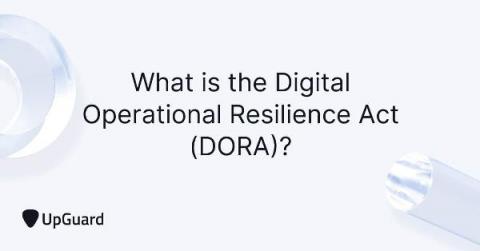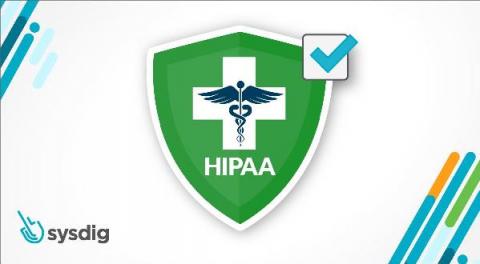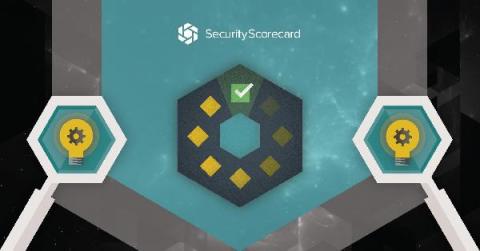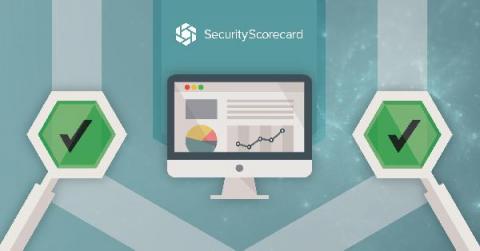What is the Digital Operational Resilience Act (DORA)?
The Digital Operations Resilience Act (DORA) is the European Union’s attempt to streamline the third-party risk management process across financial institutions. A draft of DORA was published by the European Commission on 24 September 2020. Without this act, there isn't an objective Information and Communication Technology (ICT) risk management standard in Europe.










